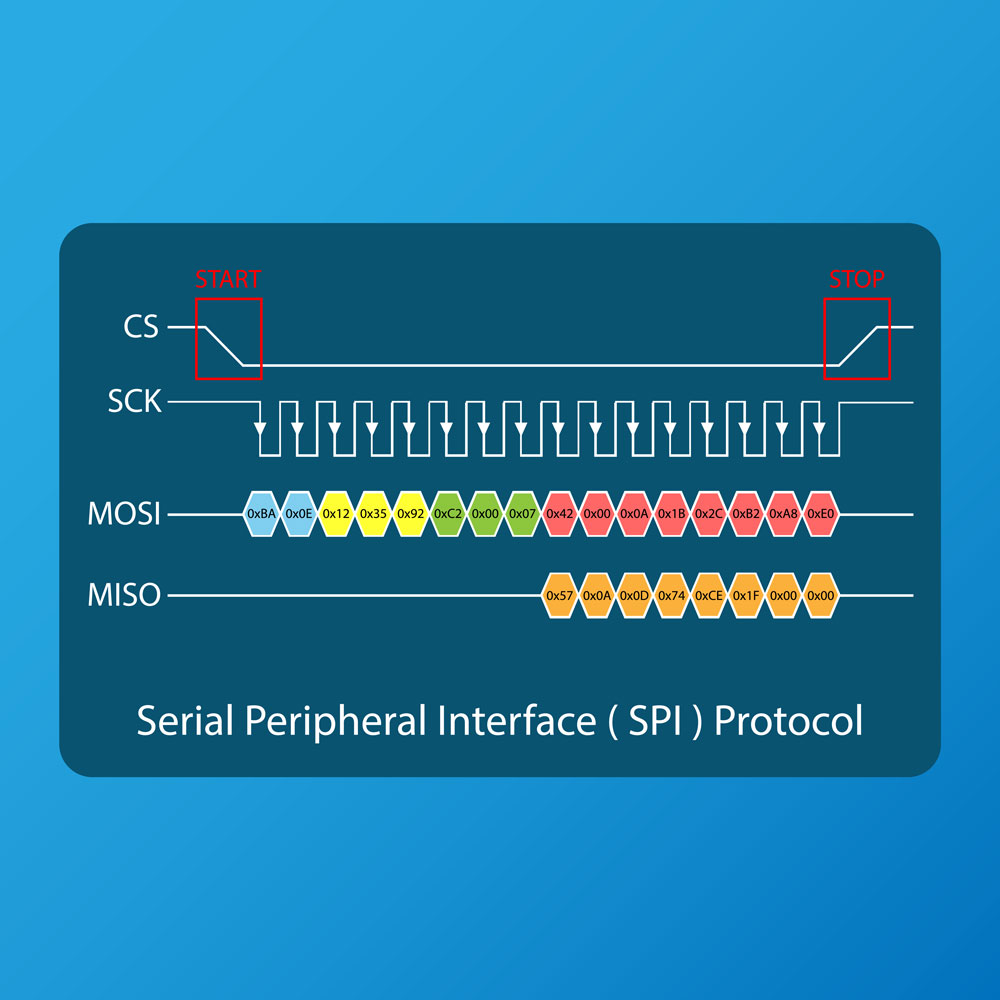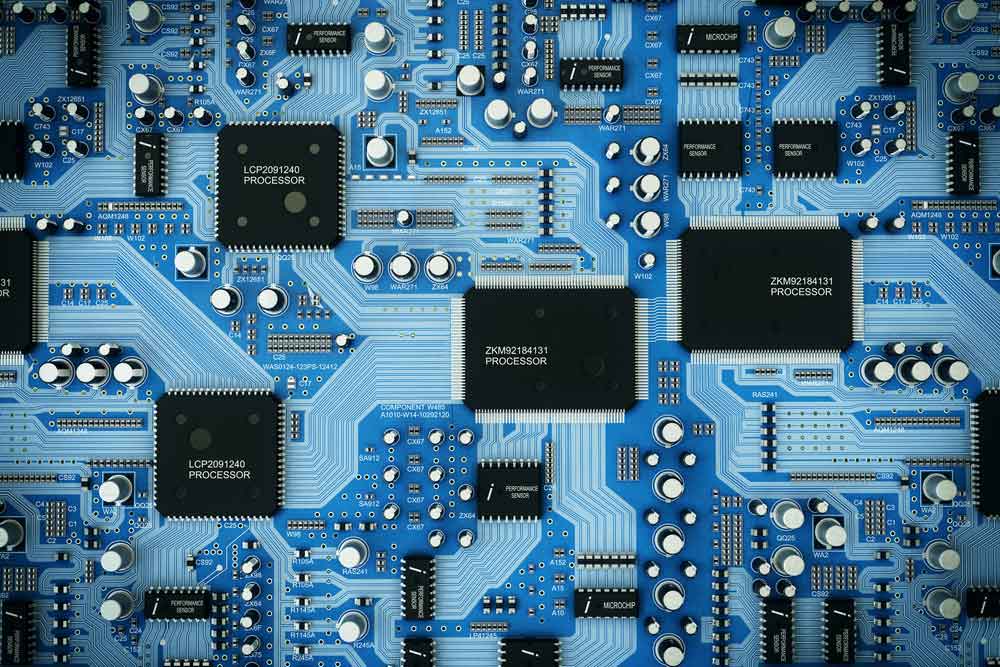LCD Displays Interface
Blaze Display Technology Co., Ltd. | Updated: Nov 27, 2018
What is an LCD Interface?
The LCD interface is a link between the flat panel display module and the multimedia processor. Therefore, the interface can be separated or incorporated as part of the structure on the chip. Additionally, the application produces an image, and then the screen displays it using an LCD interface for the user.
LCD Interface Types
Serial Peripheral Interface (SPI)

The Serial Peripheral Interface is a data bus with several lines for the data. It accurately harmonizes the two ends of the data transmission. Therefore, the signal clock rotates, indicating when to sample the data bits on the line.
For instance, every time a change occurs at the visual, it is known as an edge.
Therefore, the change can be a rise in voltage or fall in the same. Besides, the serial peripheral interface has another component known as the slave select (SS) or chip select. The function of the SS is to wake the peripheral to receive or send data. For instance, since the SPI can support several peripherals, the SS can wake particular peripherals instead of all. Finally, you can use the SPI in graphic, character, digit, and small TFT LCDs. It allows simple interfacing, affordable hardware, and faster speeds than in the SCI. Inter-Integrated Circuit Interface (I²C)

It is another serial interface in LCDs that resembles the SPI with slave, clock functions, and master. The I²C does not integrate the SS line as in SPI. Therefore, a process known as addressing is essential in selecting a slave to communicate. A frame of the signal is sent on the data bus to address a specific slave after the first bit. Nevertheless, the output signal gets to every slave connected with, although only the slave with the corresponding address to the signal will receive the message.
Additionally, there is a read or write a bit on the address frame indicating when the master should send or receive data from the slave. RGB interface Red Green and Blue (RGB) interface functions are to link with color displays. It transmits 8 bits of data for each of the colors in every clock oscillation. Therefore, this means there are 24 bits of data sent for every clock oscillation. Pros l Pocket friendly due to technology improvement l Offers optimum performance l Has high bandwidth capabilities l Works well with large displays l Cons l Requires expensive connectors and large pin real-estate l It causes electrical noise that affects wireless systems EDP interface Currently, you must have seen an improvement in terms of performance as electronic devices become smaller and easy to use. Therefore, this has led to the introduction of an embedded display port. The interface connects a video device to a display device and carries USB, audio, and other data forms. Moreover, this display port offers a high-performance external A/V interface hence high display resolutions of 4K. Additionally, the motive behind the development of this interface is due to several computing requirements. First of all, the main requirement is hardware integration. Pros l Has low EMI hence reducing the need for bulky covering l Provides higher resolution, frame rate, and color depth l Needs few connections in comparison with LVDS interfaces l They are smaller than similar cable types l Cons l It is expensive Conclusion When choosing the correct display interface for your device, you need to consider several factors. Therefore, it requires you to know how to connect the display to your electronic system. Nevertheless, it would be best if you choose the correct interface for your display. Additionally, consider the amount of data transferred and the refresh rate your system requires. Finally, we have made it easier as we have given you all the details on each display interface, including the pros and cons. Therefore, having gone through our guide, you will never have issues when making your choice.

